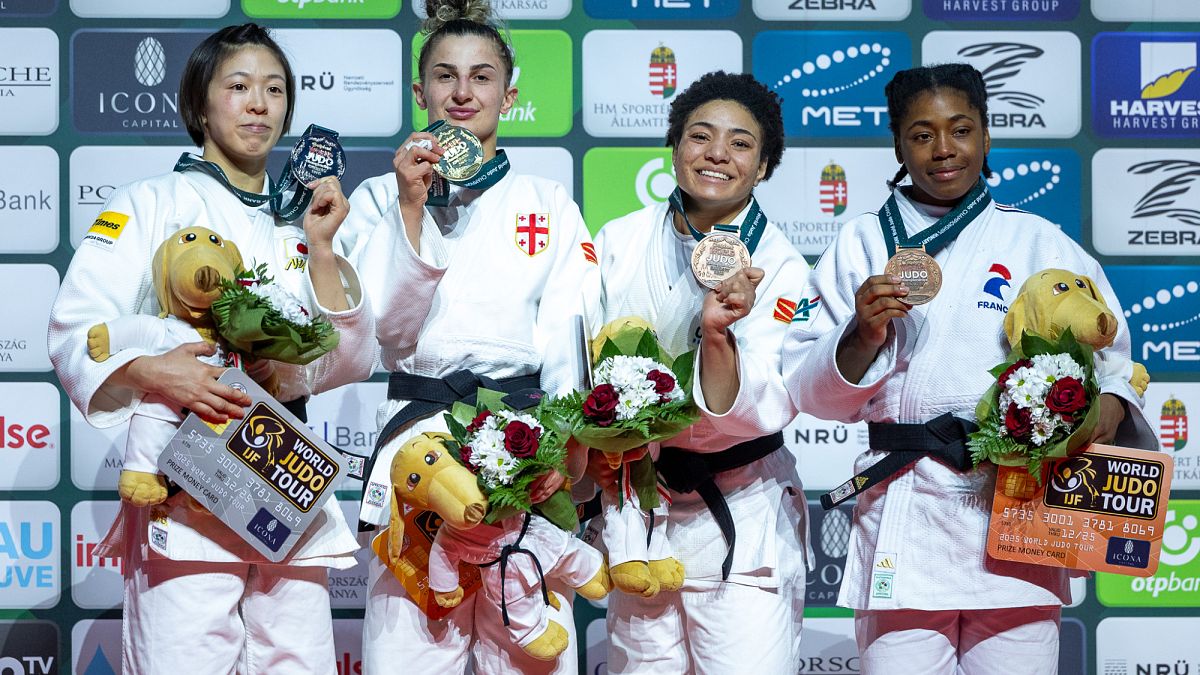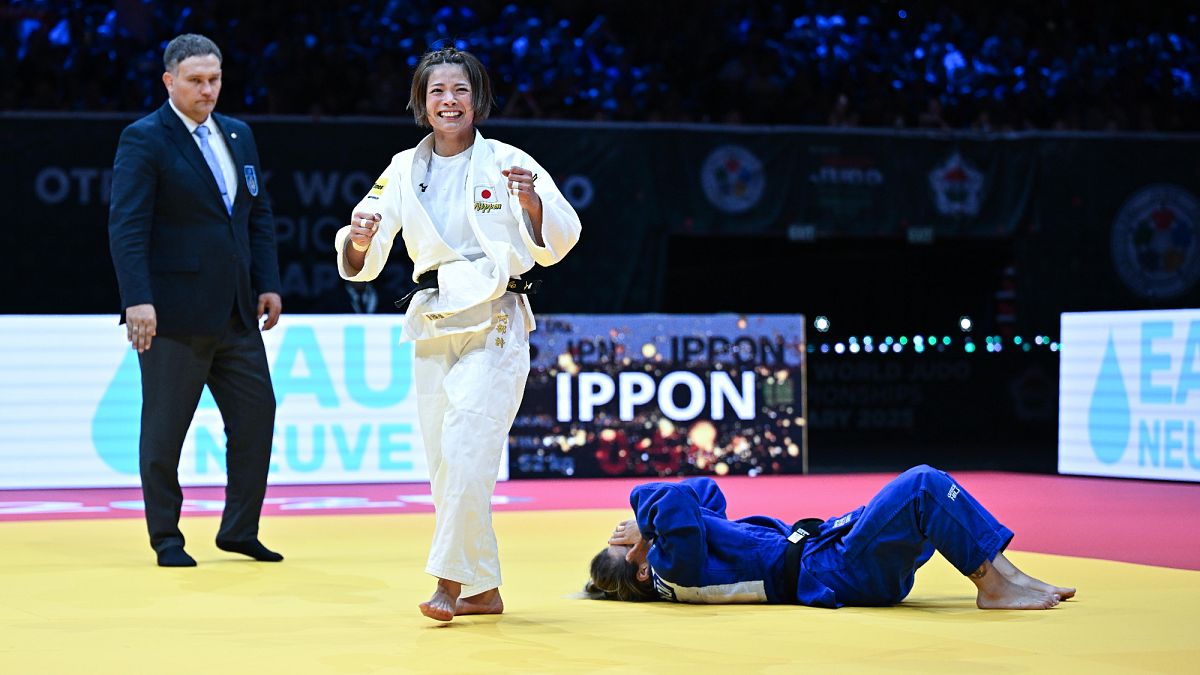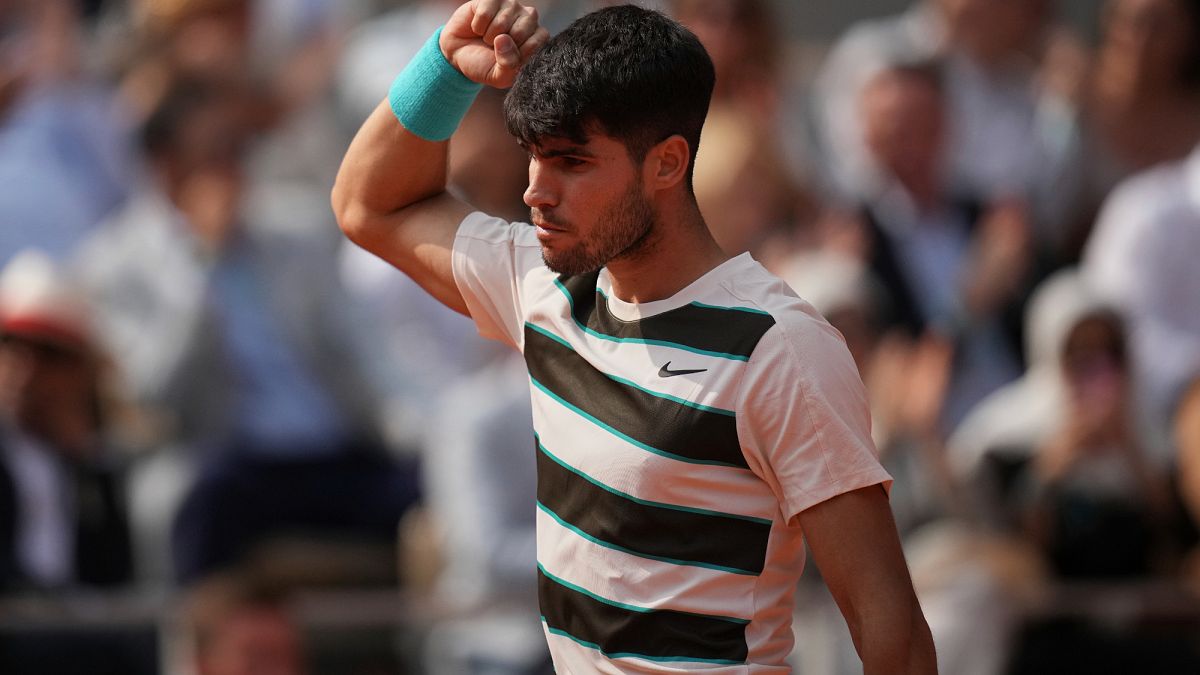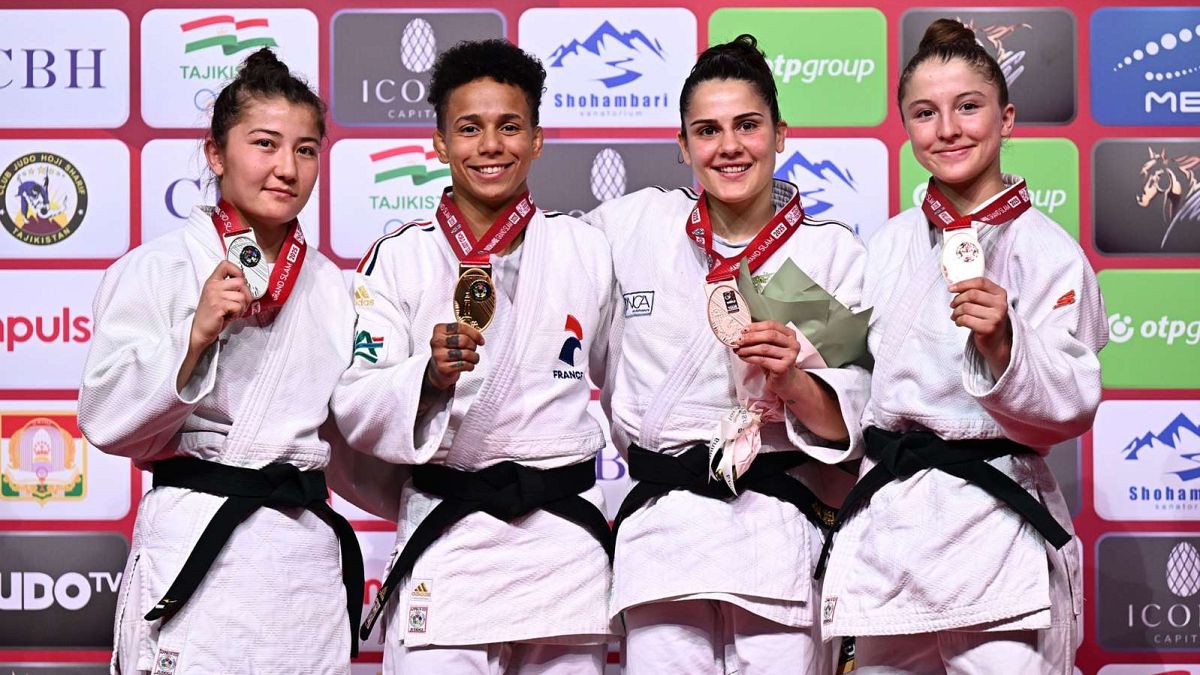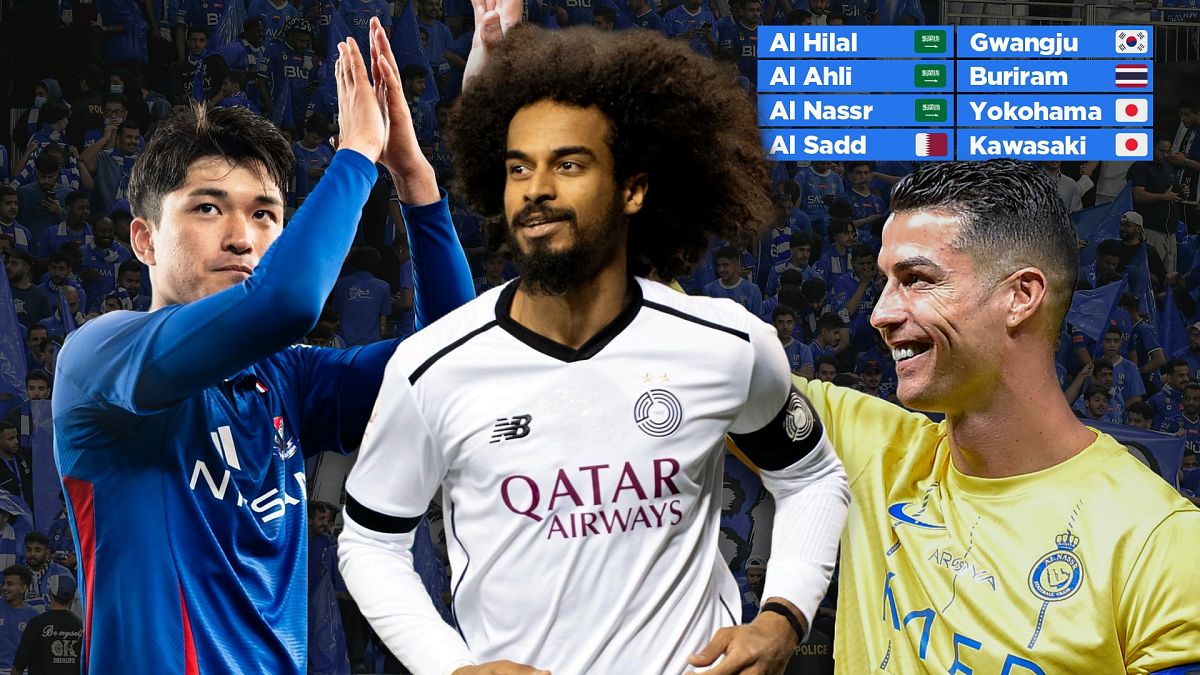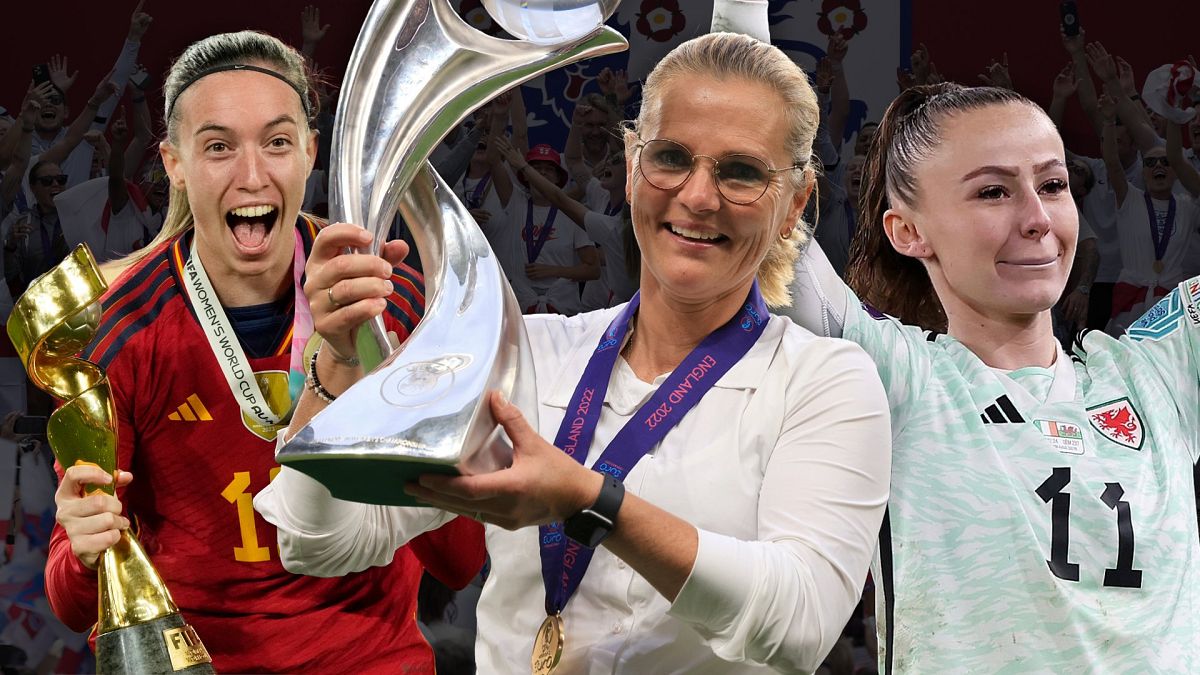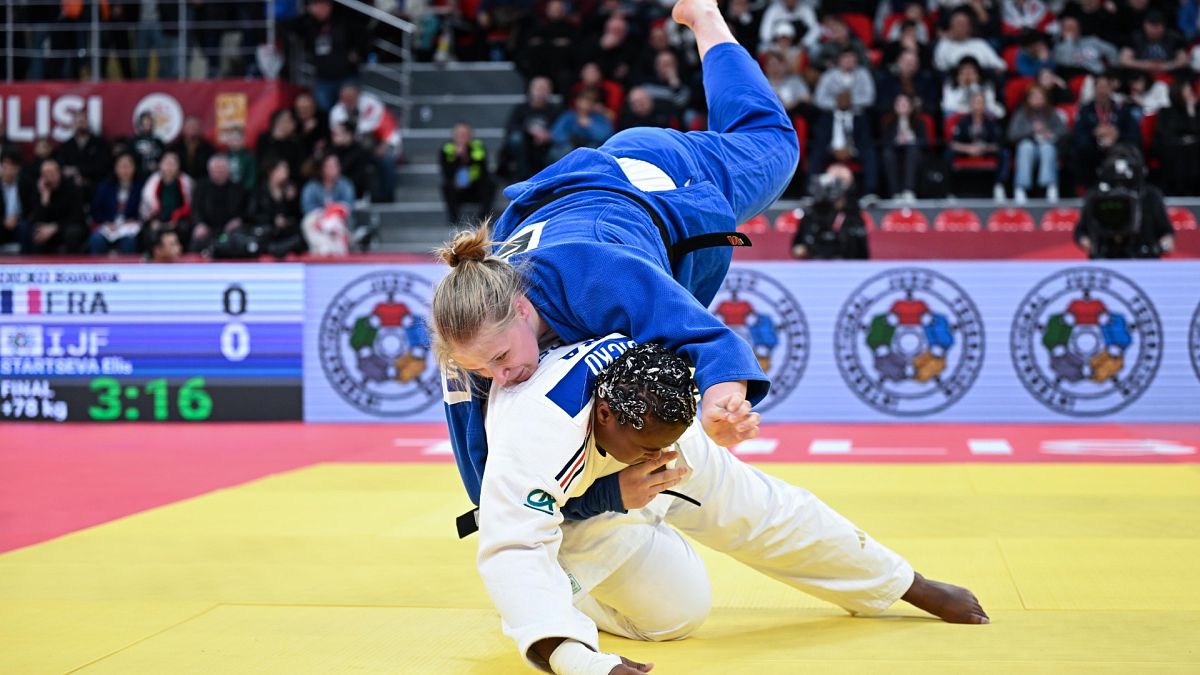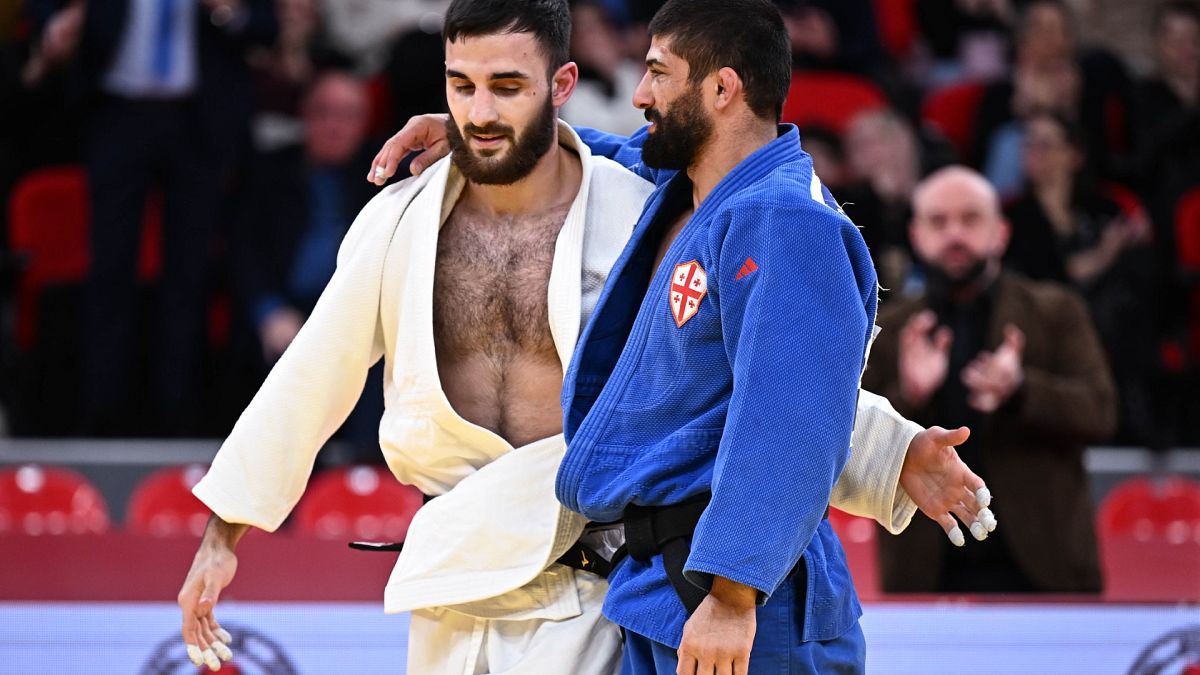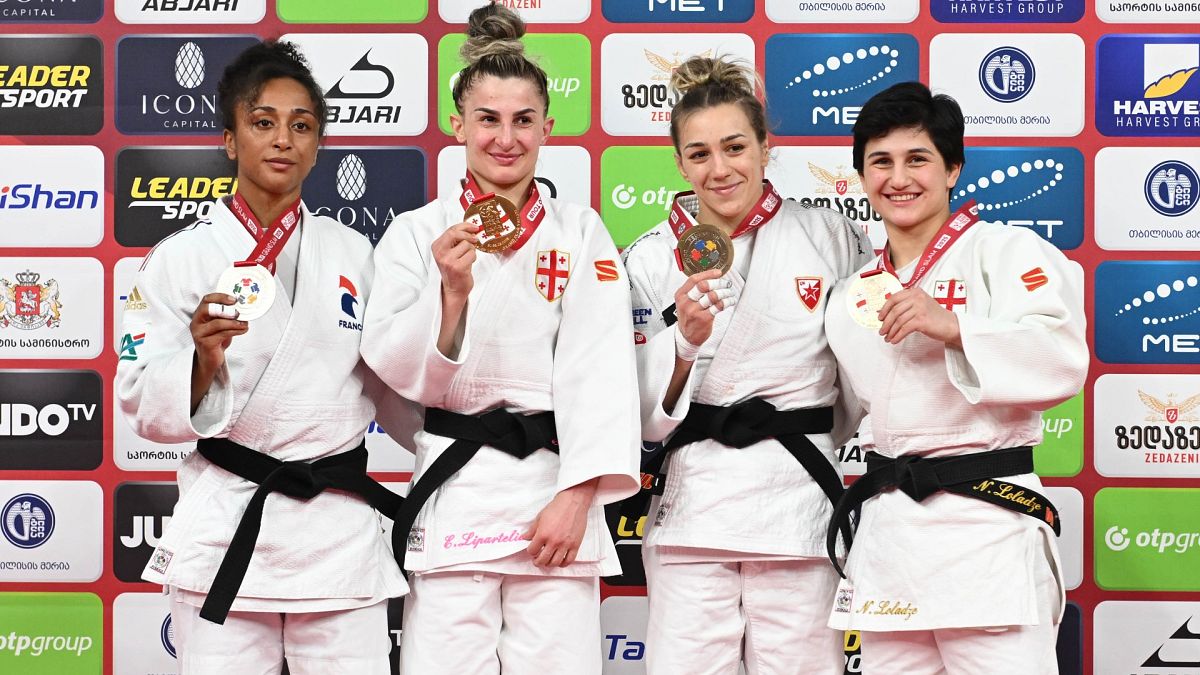Exploring Qatar’s traditions: Sadu weaving, sword making and falconry
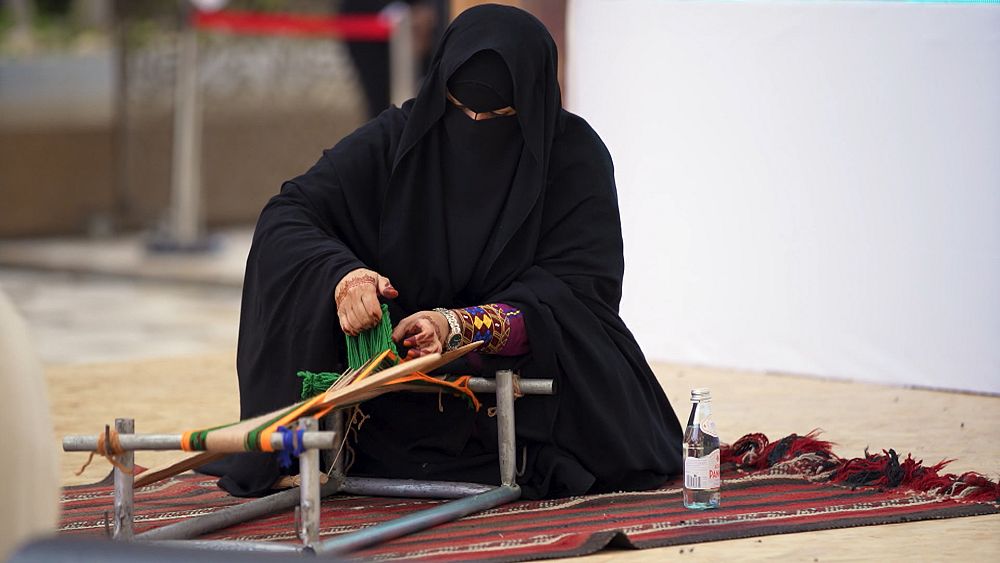
Qatar is keeping old traditions alive – from sword making to textile weaving to falconry. Qatar 365 examines what it means to protect and preserve the emirate’s cultural heritage while striving for modernisation.
For centuries, traditional Bedouin textiles kept the nomadic tribes of the Middle East warm through the cold desert nights. Woven in the ‘Al Sadu’ style, or the art of weaving horizontally, Bedouin women have been practising this age-old fine art for generations.
However, this rare style of weaving was added to UNESCO’s Intangible Cultural Heritage list in 2020 to prevent the tradition from dying out.
A group of master Sadu weavers in the Arabian Peninsula are now fighting to preserve these unique handicrafts. Maytha Saed D Abusalaa has been weaving for 30 years, in Qatar alone there are less than 40 master weavers left.
“My experience began at home. I saw my mother working on Sadu and my grandmother, as well as the women in the neighbourhood. I took this heritage from them” she said.
Sadu masters make it look easy. But this style of weaving is a labour of love, from the yarns chosen to the geometric pattern design and the striking colours. A piece can take as much as a day to a whole year to complete, depending on how intricate the design is and its size.
In a race against time, the Caravane Earth Foundation, an NGO promoting social, cultural and ecological transformation, has set up an initiative to empower and support Sadu weavers so that they can continue honing their craft.
Caravane Earth set up a creative residency programme with Qatar’s Heenat Salma Farm, a multidisciplinary project dedicated to eco-conscious traditions in northwest Doha. In joining forces, the founders are hoping to widen the search and find as many Sadu weavers as possible.
“They welcomed us to their own homes. We sat with their children, with their families and they shared their whole life experiences and the spiritual wisdom they have gained through the generations” said Farah Al Yasin, the Head of Creative Residency at the Caravane Earth Foundation.
“Sadu is a beautiful textile that can be revitalised and used in our day-to-day lives. This is why we have a team of people who work with product development and who are also finding new yarns that we can introduce to them that are natural.
“These could also be used in a variety of different, new designs but ones that always stick to the principles and values of that textile, what it means and what it symbolises,” said Al Yasin.
In weaving these old and new ideas together, Caravane Earth Foundation hopes the art of Sadu will stand the test of time.
“The most important thing is to be in an organisation that supports craftswomen. It enhances our abilities. If there is no support, Sadu will die” explained master weaver Abusalaa.
The significance of sword making in Qatari culture
At the peak of Islamic civilisation, Arab swords were considered one of the most feared weapons on the battlefield.
Sword making is such a significant part of Arab history and tradition, that one of Qatar’s newest hotels, Katara Towers, was designed to resemble two crossed scimitars, a sword recognised by its curved single-edged blade.
Today, a handmade Qatari sword is considered to be the most beautiful and best gift to give to someone, Mohamed Mohamed Mourad, a sales manager from Ghaith Essence of Swords, one of Qatar’s leading sword stores explained: “Modern technology and giant machines can make a thousand swords, big quantities, but the quality won’t be as good as a handmade sword.
“The handmade piece cannot be reproduced. For that reason, it is rare and the person who owns it must preserve it” he added.
At present, these handmade swords are used for ‘Ardah’ rituals, a traditional folkloric, war dance involving lines of men who typically dance to the beat of drums. They also serve as diplomatic gifts and decorate the walls of Qatari embassies.
There’s more to the art of sword making than just the shape and design, each piece has its own inscription. Some are plated in gold, silver and copper while others are decorated with precious stones.
“I’ll start with the most famous sword in the State of Qatar which is called the founder’s sword,” said Mourad pointing to the piece on display. “This sword belonged to His Highness Sheikh Abdullah bin Jassim (the founder of modern Qatar).
Gently lifting another embellished scimitar out of a display case, he said: This sword is a copy of the weapon that belonged to the founder’s son Sheikh Abdullah bin Jassim. The silver-plated gold is decorated with emeralds and rubies. We made a gold-plated hilt that could also be made with ivory upon request.
Mastering the values and etiquette of falconry
The 14th International Falcons and Hunting Festival took place earlier this year. Known locally as ‘Marmi’, it brings together regional falconers who put forward their prized birds to compete in the hunting competition. Deep in the heart of the desert, the tournament is intrinsically linked to Qatari culture.
“Since 2011, we have been participating in the Marmi festival. We didn’t begin as a team, we started as individuals, four-five people. Each of us used to prepare his falcon or two falcons and go to Marmi. We used to hunt from the beginning of Marmi” said falconer Hamad Saeed Al-Marri.
The festival aims to promote the UNESCO-recognised heritage sport which can be traced back 4,000 years.
It’s an ancient practice that’s become an annual tradition. Al-Marri has never missed a Marmi Festival in its 14-year history. And in addition to making sure his falcons stay on course, he’s also training his sons to carry the sport into the future.
“They’re practising a hobby they love. Carrying the falcon, releasing the falcon, teaching and training the falcon. They were raised watching us as falconers, so they are following in our footsteps.
“All in all, it is a hobby you can’t force your son to like, he would take it by nature. But now, if you ask them, they prefer to stay in the desert than go back to the city. They prefer to take care of their falcons instead” concluded Al-Marri.
While they have all the same tech gadgets as their peers, Al-Marri encourages the youngsters in his family to go offline as much as possible. And it seems to be working. His 15-year-old nephew, Saeed, has spent a decade learning the tools of the trade.
“Ever since I was 5 years old I’ve been passionate about falcons. My father and my uncles taught me about them. I learned how to raise them and how to train the falcon to catch the pigeons. I’m thankful for that” said Saeed.
Mohammed Al Kubaisi, the Head of Equipment and Events for the Marmi Festival explained the event boasts falcons from Iran, Mongolia, Pakistan, Egypt and Syria and he spends a month and a half onsite making sure everything goes to plan.
His own love for the sport also came as a rite of passage passed down from his elders when his father and grandfather trained the birds of prey to catch something for the family to eat.
In keeping the centuries-old traditions of Sadu weaving, sword making and falconry alive, modern-day Qatar is proudly holding onto its cultural heritage.
Source: Euro News


